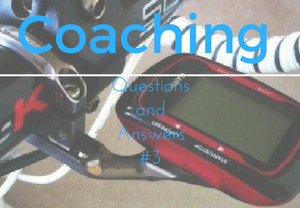
As an online cycling coach, I get a lot of questions emailed to me. Every so often, I take a sampling of those questions and answer them for the benefit of everyone who listens to the Tailwind Coaching Podcast.
In this Q&A episode, I'll tackle plenty of training and fitness questions. If you've ever been dropped on a group ride, you'll want to check out what I have to say. Some others have been confused as to the best way to test functional threshold power or evaluate their performance improvements. Folks from the southern hemisphere will be pleased to learn about training in the heat. Beginners get some love with some questions about riding harder vs riding longer and Gran Fondo and long distance racers get some attention with a discussion about long distance training. Finally, check out a basic power meter setup with a question about the bare minimum you need to start training with power.
Without further ado…
Coaching Questions and Answers
Below you'll find some links and information to expand on what I've covered in this podcast. 464yepvn Continue reading “Cycling Coaching Questions and Answers #3”
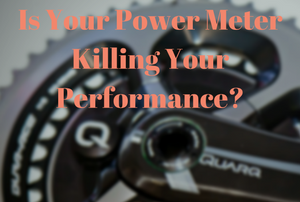
A power meter is now a ubiquitous piece of equipment for many cyclists. With the emergence of affordable power meters more and more riders are training with power. Training has become more specified and directed. Coaches have options to evaluate fitness improvements that they never had before. Athletes are able to build their own training programs and evaluate their strengths and weaknesses with minimal direction.
But for all the benefits, your power meter may be hurting your performance when the chips are down. Click through the jump to see if you're guilty of any of these performance killing power meter faux pas:
Continue reading “Don't Let Your Power Meter Kill Your Performance”
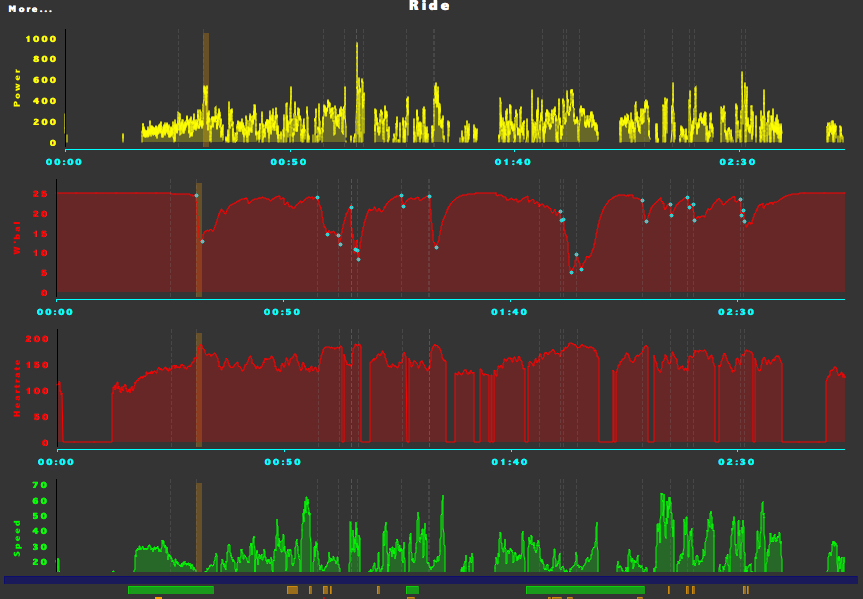
With the huge number of electronic gadgets attached to a bike these days, it's inevitable that cyclists will be inundated with data. From speed, cadence and heart rate to power data (and even new technologies such as muscle oxygenation data), there's a mind-boggling collection of numbers to consider. But why even bother collecting data? Evaluating ride data is one of the biggest reasons most cyclists collect data and it can tell you a lot about your ride if you know how to look at it the right way.
In this video, I'll walk through evaluating ride data from several race performances. I'll describe what I look for and how you can use that information to improve your training and riding.
Continue reading “Evaluating Ride Data and Race Data”
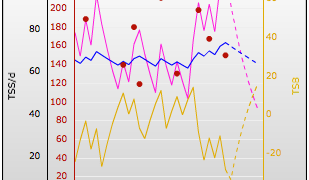
Is it possible to use training stress score and a few other derived metrics to manage your fatigue? Can you simply know how hard to ride by just looking at a number on a computer screen?
I recently answered a question from an athlete that went something like this: Lisinopril otc
“I've been doing riding four days per week (2 trainer days and 2 outdoor days.) I've been following this pattern for about 6 weeks now and I've noticed in the last week that I've been extremely tired and been feeling worn out. Have I been training too hard?”
This question is an excellent illustration of why training with power can be so useful: Training Stress Score (TSS) and Intensity Factor (IF) can be calculated from accumulated power data. These metrics, when combined with a performance management chart will allow athletes to calculate Training Stress Balance and can help determine when overtraining becomes a danger. It can also help you vary the intensity of your workouts and tailor them to your training needs more appropriately.
As a side note, TrainingPeaks online and Strava offer some variety of TSS as well, calculated via heart rate. That's another blog post entirely, so keeping in mind that we'll be discussing power based metrics, let's look at how you evaluate training stress and fatigue after the break: https://nonnieestellamd.com/flagyl-over-the-counter/
Continue reading “Quantifying Training Stress Score and Fatigue”
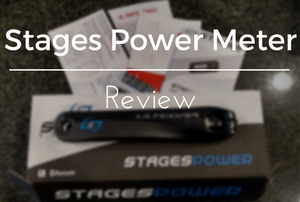
The Stages Power Meter burst onto the scene in 2013 with the promise of an affordable power meter option attached to the crank arm. How does it compare? Is it as good as it claims to be? Compared to similar offerings of the time the Stages meter was a novel, if not brilliant idea. It cut the cost in half by placing the measurement device on the left crank arm only. It was easily transferable between bikes and easy to remove and replace if it needed service. The super light weight of only 11 grams also made for an attractive marketing point. So did the user replaceable, easy to source coin cell battery.
Yet not everyone was on board.
From the get-go, many complained about the left sided only power measurement. It was claimed to be prone to inaccuracies due to the “doubling of the left leg” power calculation. Many claimed the accelerometer principle wouldn't provide sufficiently accurate cadence to properly report power.
Here we are more than two years later and Stages power meters can be found on every manner of bikes from weekend warrior up through Tour de France winners.
I've got about 2 years on Stages power meters now. How does it stack up against other power measuring devices I've used like Quarq and Powertap? You can read my thoughts on the Stages power meter after the jump:
Continue reading “Stages Power Meter Review”




